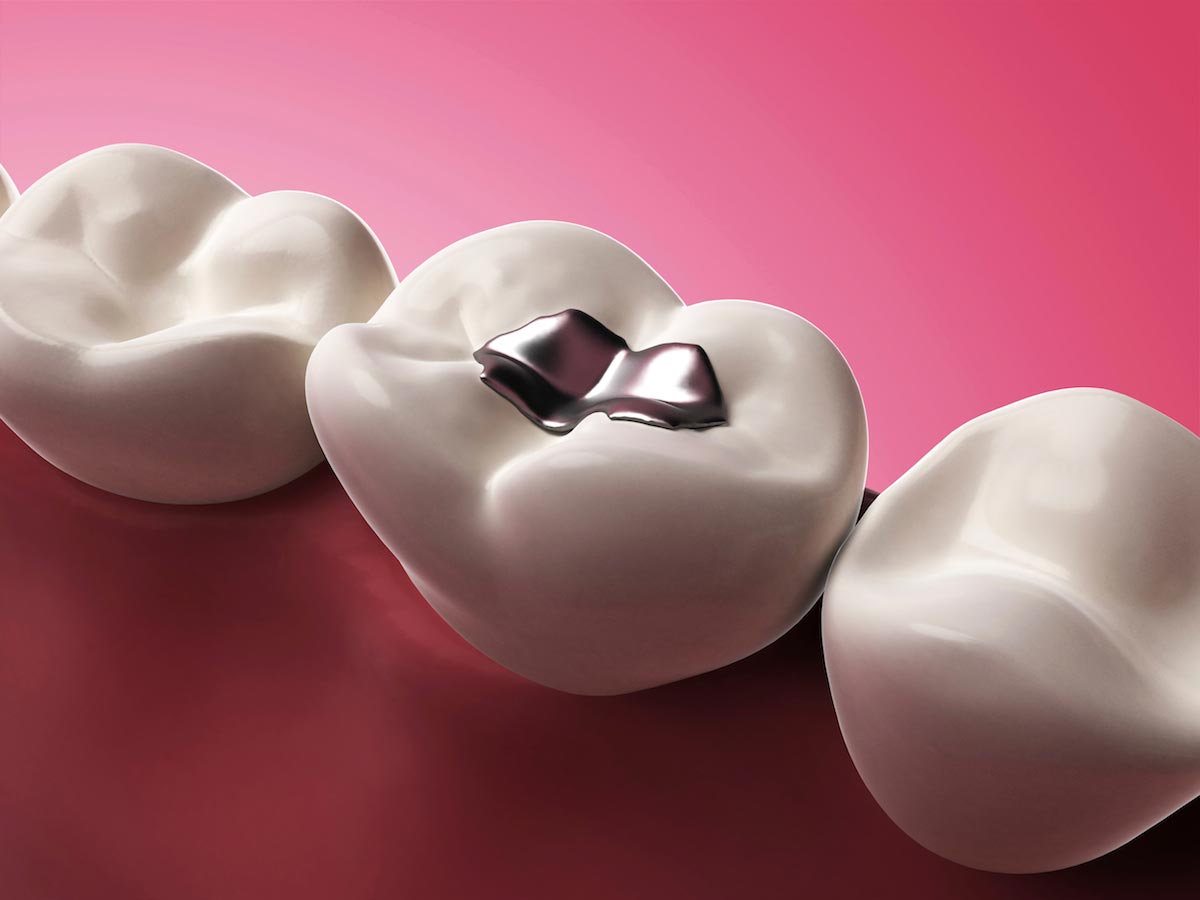Ethylenethiourea – toxicity, side effects, diseases and environmental impacts
12/02/2017 / By Rita Winters

Ethylenethiourea (ethylene thiourea) is an organosulfur chemical used in the rubber industry as an accelerator for vulcanizing polychloroprene (neoprene) and other rubber products. It is made from ethylenediamine and carbon disulfide in aqueous alcohol. This chemical is also an environmental degradation product, an impurity and metabolite of ethylenebisdithiocarbamate fungicides for agricultural crops. It takes the forms of needles and prisms, and is usually white to pale green in color.
Some synonyms and alternative names for ethylenethiourea include: 4,5-Dihydroimidazole-2(3H)-thione; 4,5-dihydro-2-mercaptoimidazole; N,N′-1,2-ethanediylthiourea; ethylenethiocarbamide; ethylene thiourea; 1,3-ethylenethiourea; 1,3-ethylene-2-thiourea; N,N′-ethylenethiourea; ETU; imidazolidinethione; 2-imidazoline-2-thiol; 2-mercapto-4,5-dihydroimidazole; mercaptoimidazoline; 2-mercaptoimidazoline; 2-mercapto-2-imidazoline; tetrahydro-2Himidazole-2-thione; 2-thioimidazolidine; Imidazoline-2-thiol; and 2-Imidazolidinethione.

List of known side effects
Exposure routes of ethylenethiourea are inhalation, ingestion, skin, and eye contact. Some food may be contaminated, since cooking releases ethylenethiourea from the fungicide residue. Some side effects of ethylenethiourea exposure include contact dermatitis and increased levels of thyroid-stimulating hormones. High exposure may cause dizziness, sweating, nausea and an increased heart rate and blood pressure.
Body systems affected by ethylenethiourea
Ethylenethiourea poisoning may affect the eyes, skin, thyroid (goiter) and the reproductive system (teratogenic). It is carcinogenic to animals, targeting the liver, thyroid and lymphatic nodes. Ethylenethiourea is expected to be a human carcinogen as well, based on sufficient evidence in studies of experimental animals.
Eleven out of 420 children, born to employees of a rubber manufacturer, had malformations. These employees have been exposed to ethylenethiourea. Malformations have also been observed in laboratory expirements, and conclusion is that the chemical is teratogenic and mutagenic.
Items that may contain ethylenethiourea
In a Food and Drug Administration (FDA) monitoring program, 65 out of 864 samples of baby foods were found to contain about 0.06 milligrams per kilogram of ethylenethiourea residue. Ethylenethiourea may be found in fruits, vegetables, field crops and ornamental plants. It may also be found in milk and cooked foods.
How to avoid ethylenethiourea
Occupational exposure to ethylenethiourea by dermal and inhalation routes is highly possible in the rubber and plastics industries. To minimize exposure to ethylenethiourea, proper protective gear must be worn at all times within the facility where the chemical is used. Chemical gloves, boots, long-sleeved chemical suits, goggles (not contact lenses) and full-mask respirators should be available to personnel handling the toxin. Unauthorized staff and other individuals without sufficient training in handling chemicals should not enter sites that contain ethylenethiourea. This chemical is considered to be carcinogenic in humans therefore there are no safe levels of exposure to it. Enclose all operations and use exhaust ventilation at the site where the chemical is released. Always practice good hygiene and wash after handling ethylenethiourea.
If ethylenethiourea is inhaled, transfer the victim to fresh air or transport immediately to the nearest emergency department. If skin or eye contact occurs, flush with clean, running water for at least 10 minutes. For all cases, especially with exposure via ingestion, contact medical services immediately.
Always keep toxic chemicals away from children.
Where to learn more
- Fungicides used on banana plantations threaten the health of pregnant women
- Poison.news
- Chemicals.news
- Pesticides.news
- Toxins.news
Summary
Ethylenethiourea is one of the chemicals used in making rubber products.
Ethylenethiourea is also used as a fungicide in some commercial farms.
Ethylenethiourea is teratogenic, mutagenic, and carcinogenic.
Ethylenethiourea is toxic to the reproductive and respiratory system.
Sources include:
Tagged Under: ethylenethiourea



















